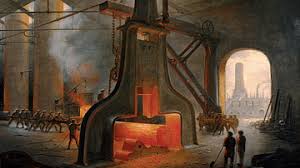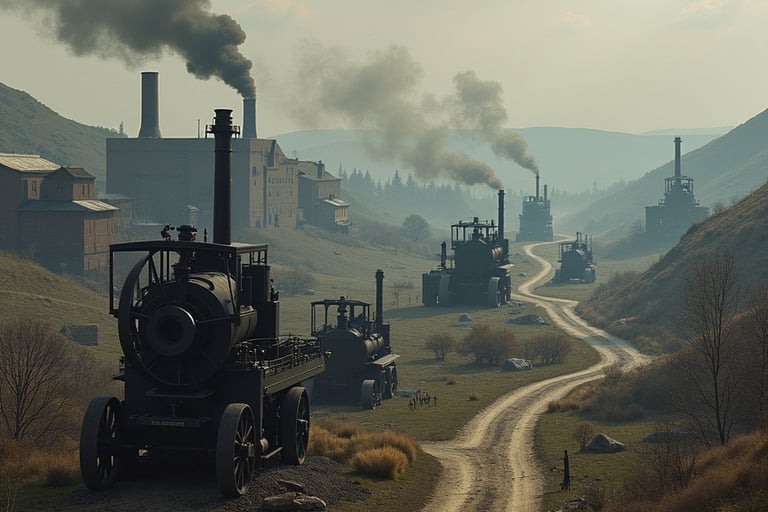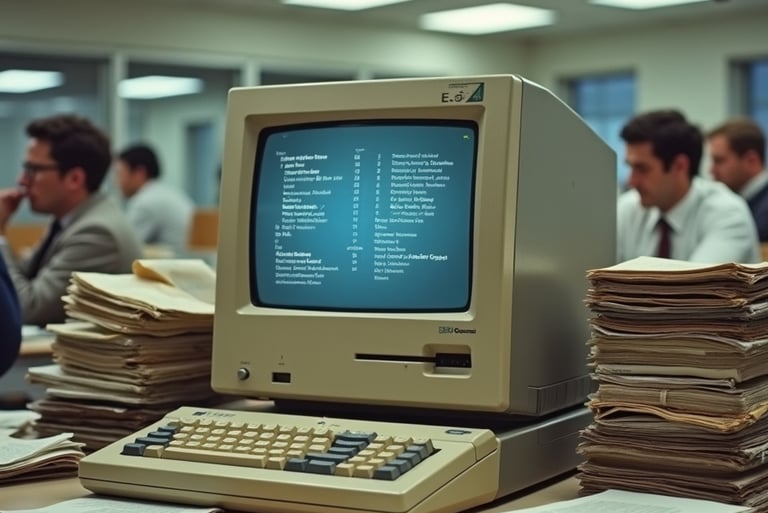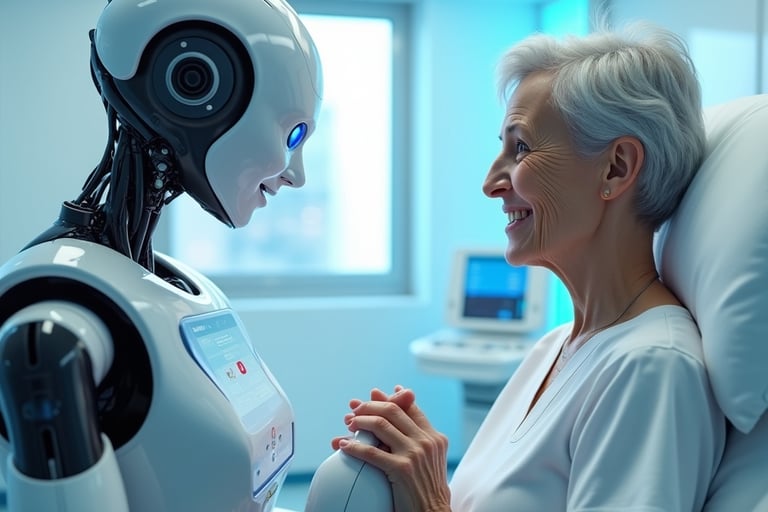

A Short History of the Technology Revolution: From Steam to AI
The story of how we went from spinning wheels to smart robots is a fascinating one and it’s not just about machines. It’s about how humans have always found ways to make life easier, work smarter and connect more deeply. This journey has unfolded in several big leaps known as Industrial Revolutions.
The First Industrial Revolution (c. 1760–1840)
When Steam Took Over
This era started in Britain, where hand-powered tools gave way to machines in factories. Water and steam powered spinning jennies, looms, and the cotton gin, transforming textiles into a booming business. Iron-making, machine tools and steam engines reshaped how things were built and moved.
It also changed farming, thanks to mechanical seed drills and threshers. Roads, canals and railways expanded rapidly, connecting people and goods in ways never seen before. Cities grew and while living conditions were tough, this era set the foundation for modern industrial life.
The Second Industrial Revolution (c. 1870–1914)
The Age of Electricity and Steel
By the late 1800s technology took another leap. We got steel (thanks to the Bessemer process), the light bulb, and, crucially, electric power in homes and factories. The telephone, invented by Alexander Graham Bell, and the radio soon followed. This was also the birth of mass production with Henry Ford’s Model T and the assembly line changing how the world made and moved things.
Scientific breakthroughs began fueling industry, from synthetic dyes to early pharmaceuticals. Business management, factory systems and transportation networks grew more complex but far more efficient.
The Third Industrial Revolution (Late 20th Century)
Welcome to the Digital Age
This revolution brought us computers, microchips and the Internet. What began with early codebreakers like Alan Turing led to the personal computer in the 1970s and 80s and eventually to email, smartphones and cloud computing.
The workplace changed, with robots handling routine jobs, while humans focused on creative and problem-solving tasks. The web made knowledge widely available, empowering individuals in ways never seen before. Many of us remember getting our first computer, or mobile phone and realizing the world had changed overnight.
The Fourth Industrial Revolution (21st Century):
Industry Gets Smart
Right now, we’re living through Industry 4.0, where smart machines, AI and big data work hand-in-hand with people. Factories are now digital ecosystems, where robots, sensors and AI predict breakdowns before they happen. Your fridge can remind you to buy milk and your smartwatch can alert you to heart trouble.
Key technologies include:
Internet of Things (IoT) – Devices talk to each other to make your life easier.
AI and Big Data – Machines can learn, adapt and make decisions.
3D Printing – Custom creations made layer by layer.
Virtual and Augmented Reality – Great for training or even remote repairs.
Cybersecurity and Cloud Storage – Keeping all that digital data safe.
Global events like COVID-19 sped up digital change, as people began working, learning and socializing more online.
The Fifth Industrial Revolution (Future Frontier)
People and Machines in Harmony
Looking ahead, Industry 5.0 isn’t just about more tech, it’s about better balance. Machines will still be smart but they’ll work more closely with people. Think of it as the “human touch” returning to high-tech workspaces.
Emerging ideas include:
Quantum Computing – Solving complex problems in seconds.
Advanced Materials – New materials for cleaner, more sustainable manufacturing.
Biotech – Blending biology with tech to grow what we need, instead of just making it.
Ethical AI – Ensuring machines do the right thing.
Circular Economy – Reusing and recycling with purpose.
As technology grows more powerful, there’s a growing push to ensure it also grows more human-centered, sustainable and ethical.






Send email to :
© 2025. All rights reserved.
Quality Health and Wellness Insights
Enjoy the history that made us.
Everyday simple technology